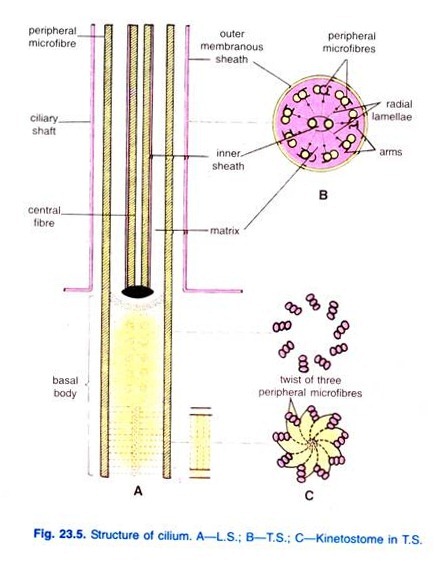The term antibiotic was derived from antibiosis, a phenomenon of antagonism of one organism by another. Antibiosis has been observed by many scientific workers dealing with microorganisms growing on plates (petridishes), but the credit of discovering and exploiting the product (antibiotic) for useful purpose goes to Alexander Fleming (1928). While working in a hospital laboratory in London, he found that in a plate containing Staphylococcus aureus, a contaminating fungus (Penicillium notatum) inhibited bacterial growth. The substance produced by the mold was named penicillin.
Several years later Florey, Chain and Heatley of the Oxford University were successful in isolating penicillin from the culture filtrate of the fungus. It was found to produce miraculous results in curing infections caused by staphylococci and other Gram-positive cocci and was acclaimed as a “wonder drug”. In 1946, Waksman and his collaborators of the Rutgevs University in the USA reported another important antibiotic, streptomycin, produced by an actinomycetes, Streptomyces griseus, effective against tuberculosis.
Since then, systematic search of antibiotic-producing organisms isolated from thousands of soil samples collected from different parts of world has yielded several thousand antibiotics. However, majority of them were found to be unsuitable for application to humans because of toxicity. The rest of them have been found to be clinically useful. Most of these antibiotics are produced by actinomycetes belonging to a single genus, Streptomyces, and comparatively few from fungi.
All antibiotics are secondary metabolites of the producing organisms which means that these substances are not essential for their growth. In the natural environment, an antibiotic — if produced at all— probably serves as an agent helping the producer to compete with other organisms for food and space. In culture, antibiotics are produced only when active growth has ceased.
Like other chemotherapeutants, an ideal antibiotic is one which attacks exclusively the pathogens without causing damage to the host. The attack on the pathogens may result in inhibition of growth without killing the pathogen. In that case, the antibiotic is said to have a bacteriostatic effect.
If the target pathogen is killed, the antibiotic effect is called bactericidal. Some antibiotics exert the killing effect by lysis of the affected bacteria. In that case, the effect is known as bacteriolytic. These properties are characteristics of the antibiotics, rather than that of target cells.
However, all antibiotics are not effective on all bacteria. The range of different types of bacteria that can be inhibited, killed or lysed by an antibiotic substance determines its antibiotic spectrum. Generally, the bacteria are divided into two groups — Gram-positive and Gram-negative; when an antibiotic shows antibacterial activity against both groups it is said to have a broad-spectrum.
An antibiotic which can be administered through oral route, rather than by intramuscular injection is considered as more desirable. It should also be quickly absorbed to attain an effective concentration in blood, and excreted without leaving undesirable side effects. Obviously, an oral antibiotic should not be inactivated in the acidic gastric juice.
Another desirable property of an antibiotic is its ability to withstand the inactivating enzymes secreted by other bacteria. For example, many bacteria can produce an enzyme, penicillinase which causes hydrolysis of the 3-lactam ring of penicillins, leading to formation of an inactive product, called penicilloic acid. Bacteria also produce similar other enzymes resulting in inactivation of several other antibiotics. Such bacteria become resistant to the antibiotics by virtue of such inactivating enzymes.
The natural antibiotics, i.e. those produced by different organisms, sometimes do not possess all the desirable properties. They have to be chemically modified to give these properties. Such modified antibiotics are called semi-synthetic ones.
Large number of semi-synthetic derivatives of penicillins and cephalosporin are now available which are resistant to the β-lactamase and are able to resist acidic pH of the gastric juice. Also, chemical modifications have added activity against a broader spectrum of bacteria.
Some representative antibiotics and the producing organisms are listed in Table 11.1:

